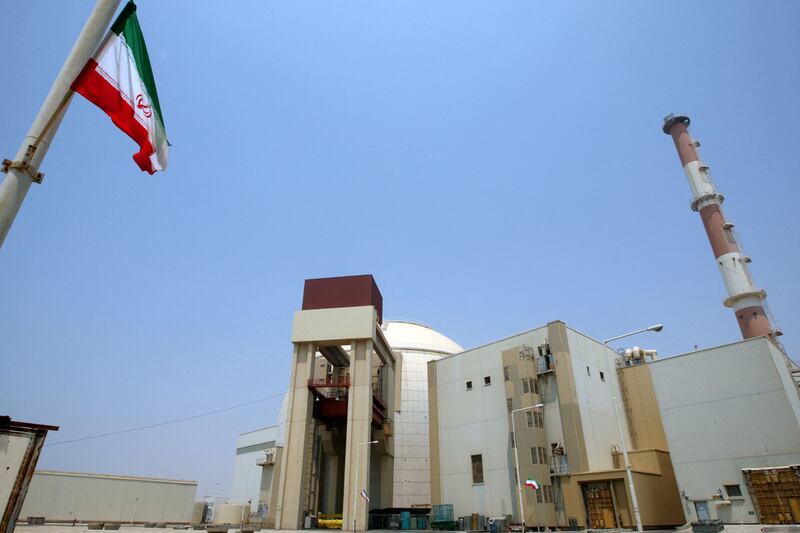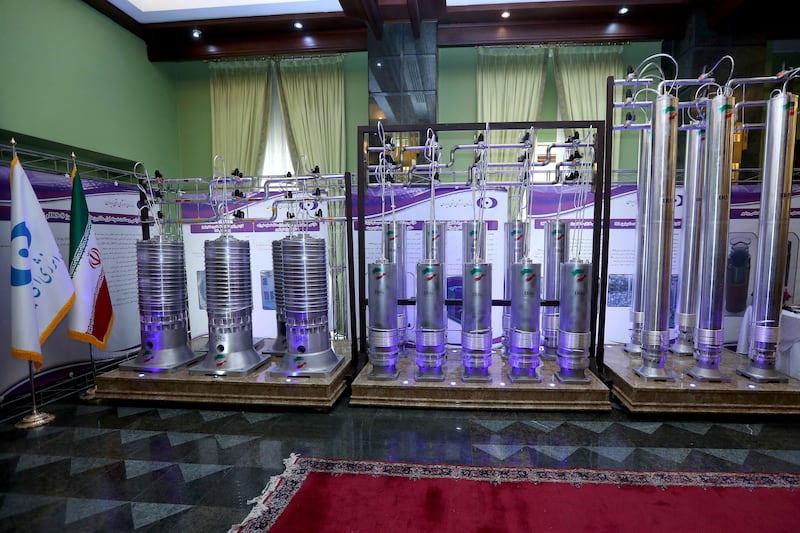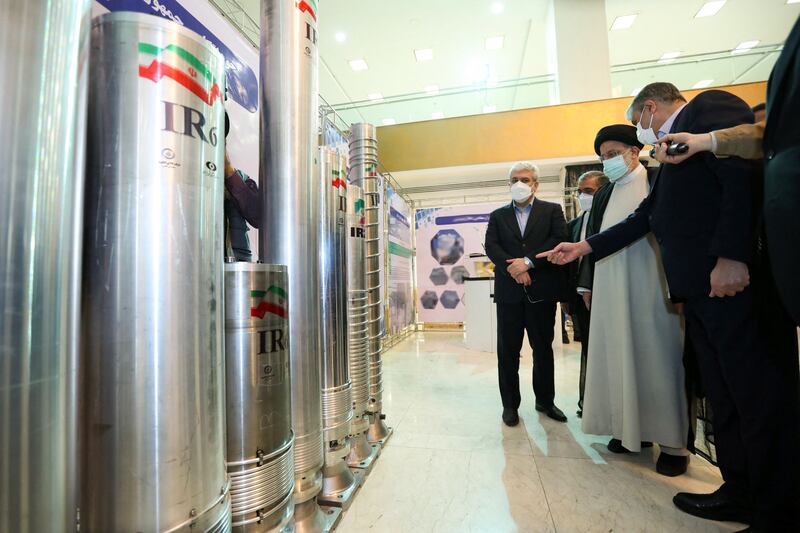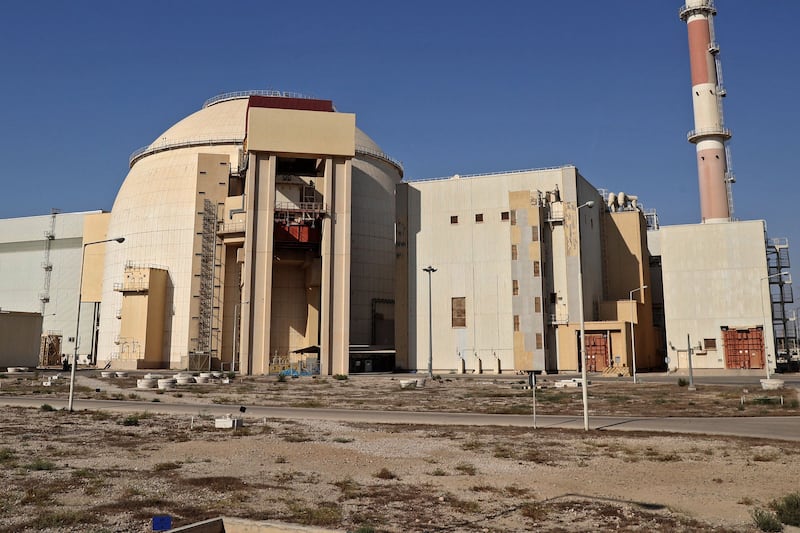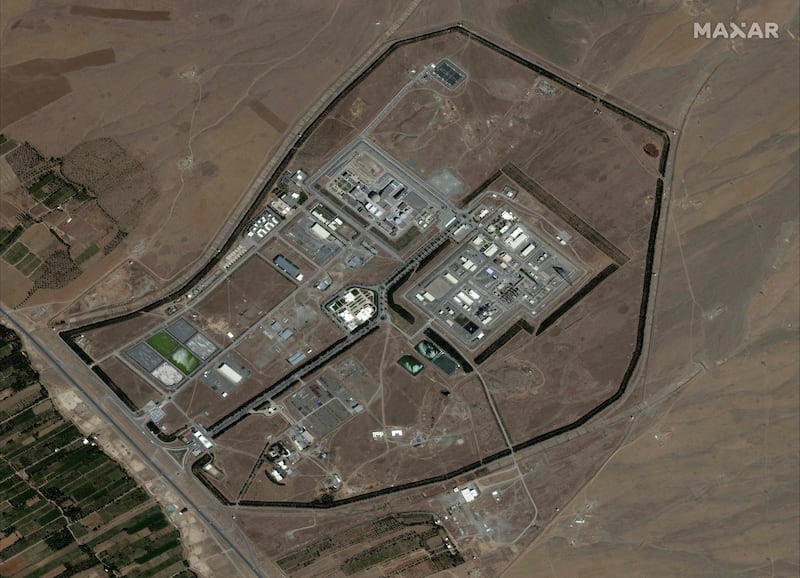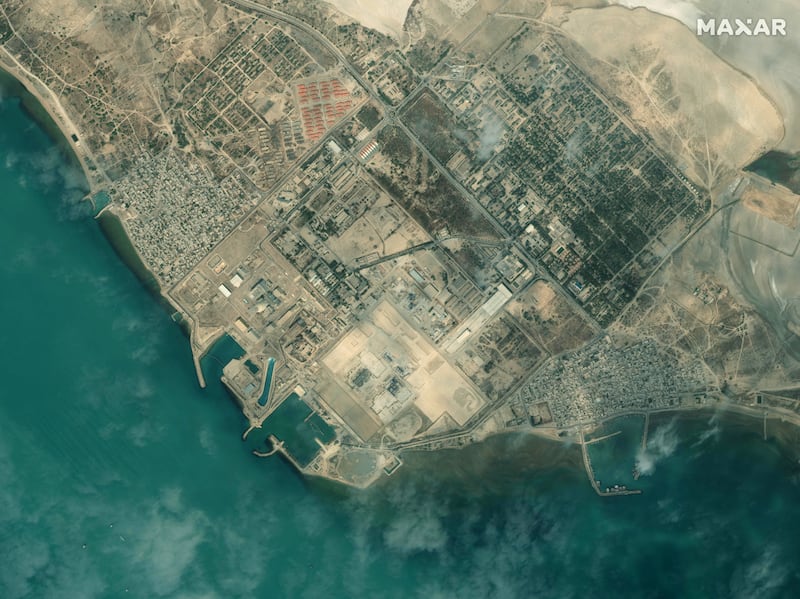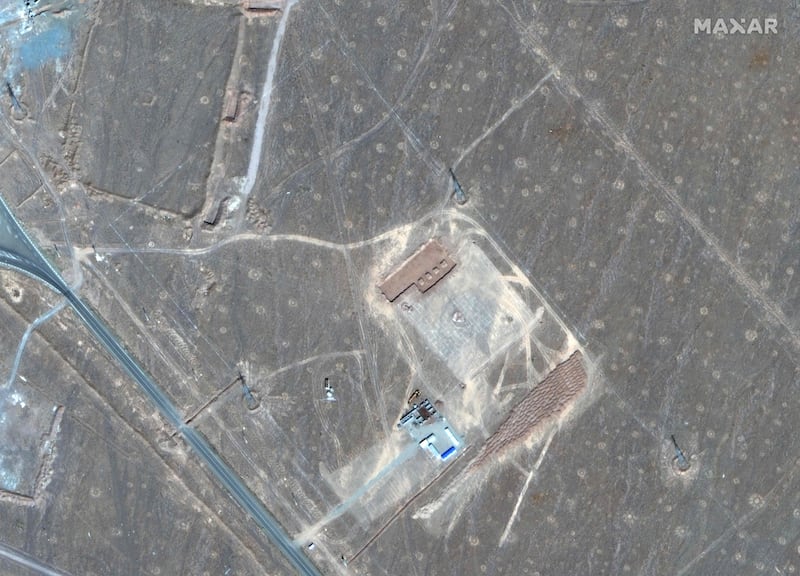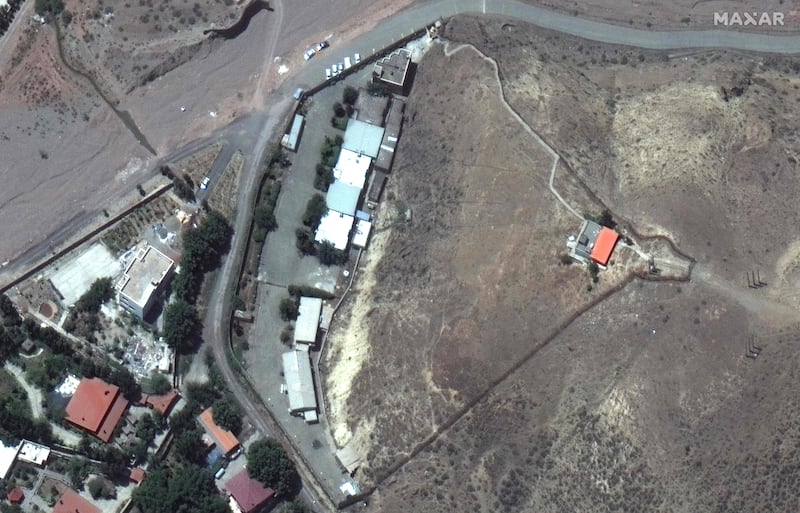Iran has begun work on a 300-megawatt nuclear power project in the southern Khuzestan province which will be the country’s second nuclear reactor project, after Tehran and Moscow restarted the Bushehr reactor in 2011, a project initially started in the 1970s before the country’s 1979 revolution.
Work on the Karoun Nuclear Power Plant, also known as Darkhoveyn, was inaugurated by Mohammad Eslami, the head of Iran’s civilian Atomic Energy Organisation, who first unveiled construction plans for Karoun in April. The project is projected to take eight years and cost $2 billion to build, the state-run Islamic Republic News Agency reported.
The power station is based on so-called pressurised water reactor technology, that is most commonly used in nuclear power plants around the world, AFP reported.
Nuclear power plants for generating electricity typically use uranium enriched to between 3 and 5 per cent purity. Under a 2015 nuclear deal between Iran and world powers, Tehran agreed to limit enrichment of uranium to no more than 3.67 per cent purity. In exchange, the US agreed to relax punishing trade sanctions, while Iran would permit UN inspectors to verify compliance with the deal.
After president Donald Trump walked away from the deal in 2018, Iran rapidly accelerated uranium enrichment and now has enough uranium enriched to 60 per cent purity to produce a nuclear weapon, experts say.
Nuclear weapons were thought to require highly enriched uranium, at 90 per cent purity, but experts at the Institute for Science and International Security, a US think tank, have warned that a bomb is still possible at lower levels of purity.
The Bushehr power plant generates around 1,000 megawatts and plans are under way to expand the site with two more generating units, although work at the site has been hampered by international sanctions.
Iran says it plans to produce around 10,000 megawatts of power from nuclear reactors, about 13 per cent of the country’s current power generation.
Iran’s ongoing nuclear research and uranium enrichment comes as the prospects of reviving the 2015 nuclear deal look increasingly unlikely.
The US will concentrate on limiting Iranian weapons supplies to Russia and on supporting protesters in the country, rather than on stalled talks to revive the deal, the Biden administration’s top Iran envoy said on Saturday.
“Iran is not interested in a deal and we’re focused on other things,” US Special Envoy for Iran Robert Malley said in an interview on Saturday.
His comments came as top Russian and Iranian defence officials reportedly met for talks in Tehran.
